This East Bay nonprofit is training young people underrepresented in the green economy to get conservation jobs.

Sign up for our free weekly newsletter and understand everything better!
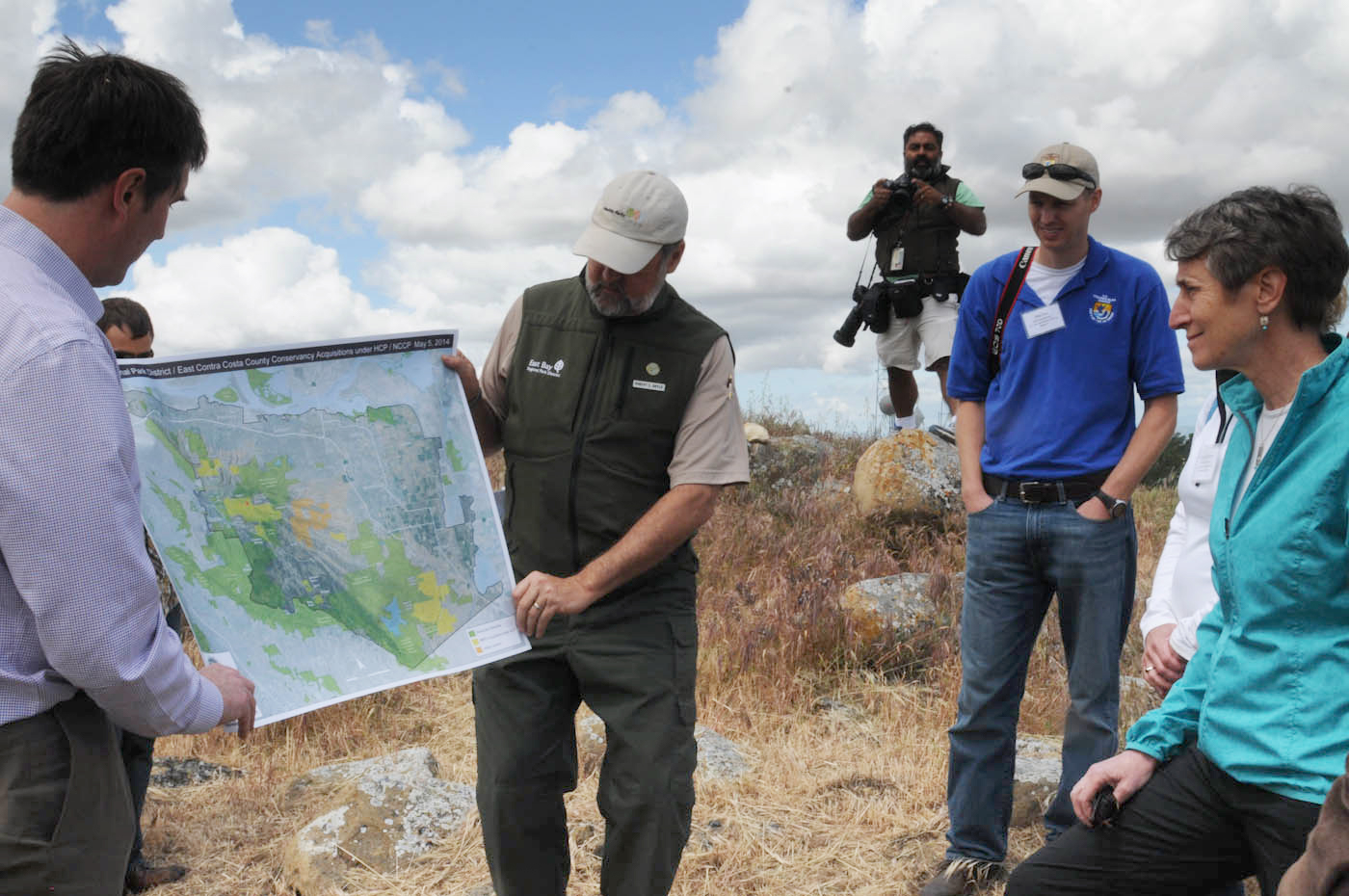

This East Bay nonprofit is training young people underrepresented in the green economy to get conservation jobs.

The Bipartisan Infrastructure Law and Inflation Reduction Act are supposed to transform our landscapes. Will they?
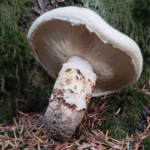
“Xayviish has far more personality than any grocery-store mushroom,” writes Sara Calvosa Olson, a Karuk tribal member. “It’s a meaty but delicate time machine, whisking your spirit back to your gathering place.”
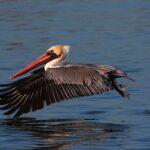
A half mile of new trail helps address a surprising number of problems in Oakland.
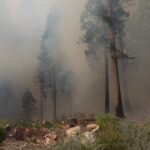
What’s a nature-based solution? An explainer.
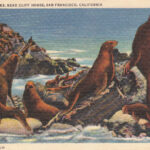
As we round the corner to the holidays, nature and communities in
the Bay Area welcome you to join in on the activities of fall.
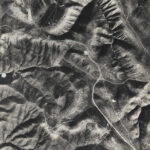
Sixty years ago, Bay Area bikers discovered the Panoche Hills, southeast of San José. Public lands management changed forever.
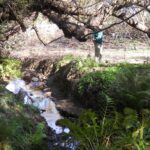
A Sausalito school gets $3 million to repair a riparian corridor, and help students reconnect with nature.

A Sausalito school gets $3 million to repair a riparian corridor, and help students reconnect with nature.
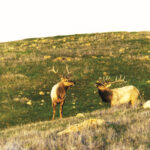
The 1,800-acre Máyyan ‘Ooyákma–Coyote Ridge Open Space Preserve is home to 13 endangered or threatened species. Volunteers played a major role in making it accessible to the public.